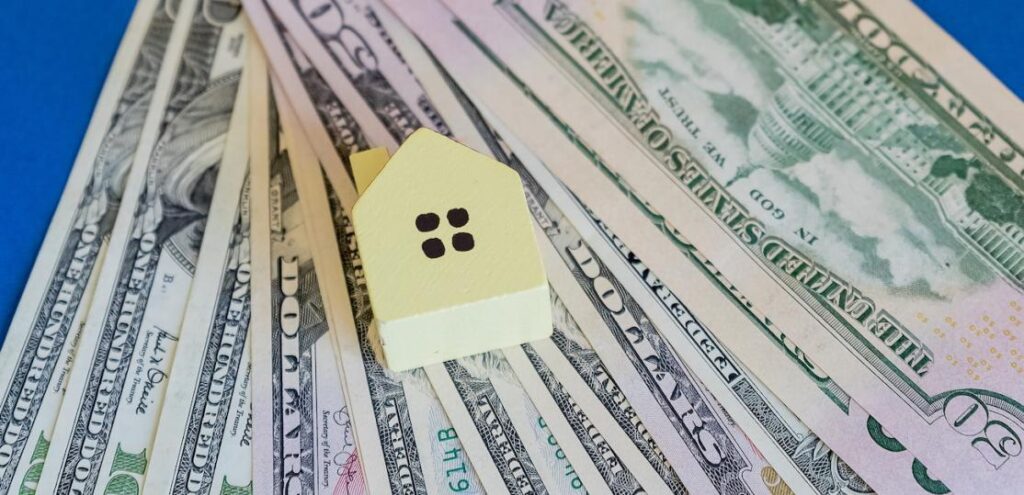Homeowners are taking action in numbers that haven’t been seen since 2007, but economists see conditions that may dampen negative effects.

Cash-out refinances are on the upswing, to the likes of numbers that haven’t been seen since the financial crisis. But economists say they aren’t concerned—at least yet. After all, home prices are still rising. During the financial crisis, home prices started to drop.
Cash-out refis surged 42% year over year in 2020, according to Freddie Mac’s data. Homeowners cashed out $152.7 billion in home equity last year, the highest level since 2007.
Low interest rates are part of the reason leading to the surge in cash-out refinances. With a cash-out refi, homeowners pay off their old mortgage and start a new one that allows them to have extra cash left over.
Many homeowners have withdrawn some of their home equity to be able to purchase larger homes or take on home renovations. “There are genuinely a lot of people who want to buy homes to live in,” Daryl Fairweather, chief economist at real estate brokerage Redfin Corp., told The Wall Street Journal. “They’re not just buying them to buy them or speculating that home prices will continue to rise. People are buying because they want them and they’re not trying to sell again the next year.”
Home equity has been on the rise this year, as home prices post double-digit annual increases. Read more: As Home Equity Increases, Renters Are Taking Notice
On average, borrowers who took a cash-out refi last year withdrew $50,000, which is down from $59,000 the year before, according to the New York Federal Reserve office.
However, financial experts do caution homeowners considering cash-out refis to make sure they factor in that they could end up paying more in interest over the long run as they take out a new loan. They should also consider potential tax implications: The 2017 tax overhaul said that borrowers typically can’t deduct the interest on the cash-out portion of a refi unless it is used to improve a home, The Wall Street Journal reports.
Cash-out refis were a cause of concern in the run-up to the 2008 financial crisis as borrowers increasingly sought refuge in their homes to generate extra finances. But when home prices fell, many homeowners were left owing more on their homes than they were worth.
Source: “Cash-Out Refinancings Hit Highest Level Since Financial Crisis,” The Wall Street Journal (March 11, 2021) [Log-in required.]
